September 21-27, 2025
Cold nights and hints of fall color
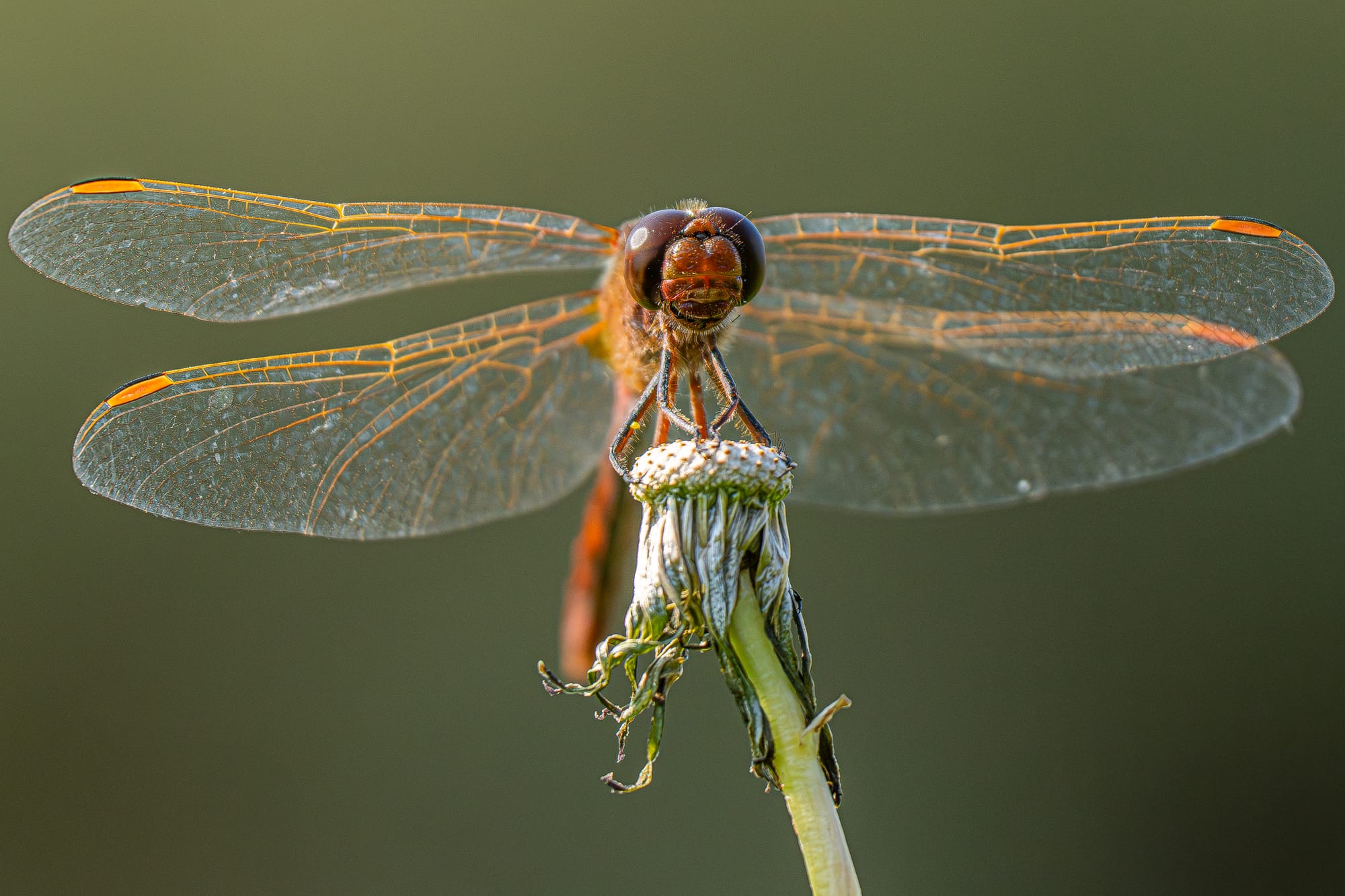
Unhealthy levels of smoke and haze made it hard to get outside this week, but the skies finally cleared on the 26th. However, with more smoke and rain in the forecast for next week, the final window before snow starts falling is closing fast.
Week in Review
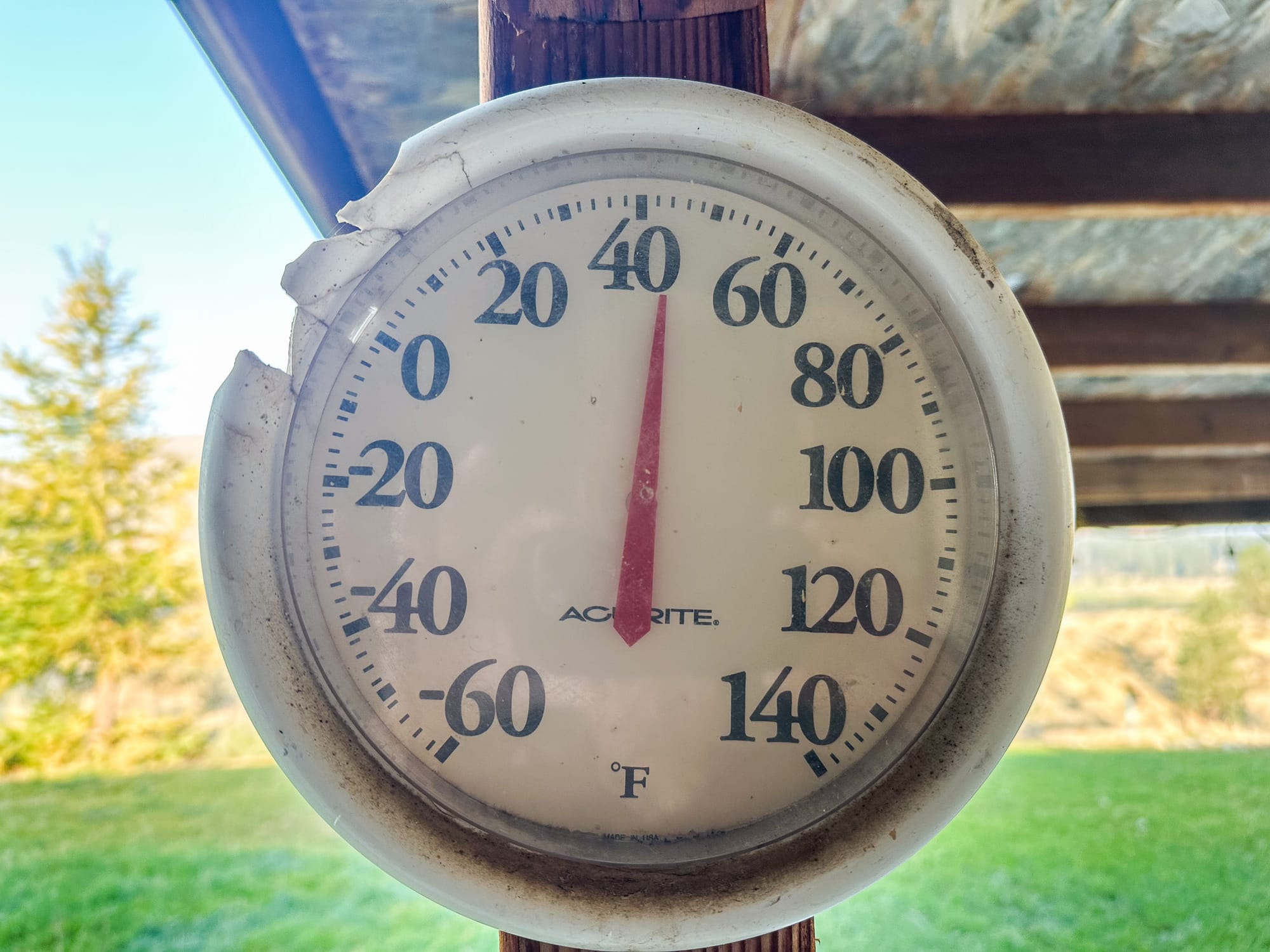
With temperatures plunging and a few leaves starting to turn, the changing seasons are upon us. And, even though there aren't many red, yellow, or orange leaves yet, we've still been getting some multicolored sunrises and sunsets.
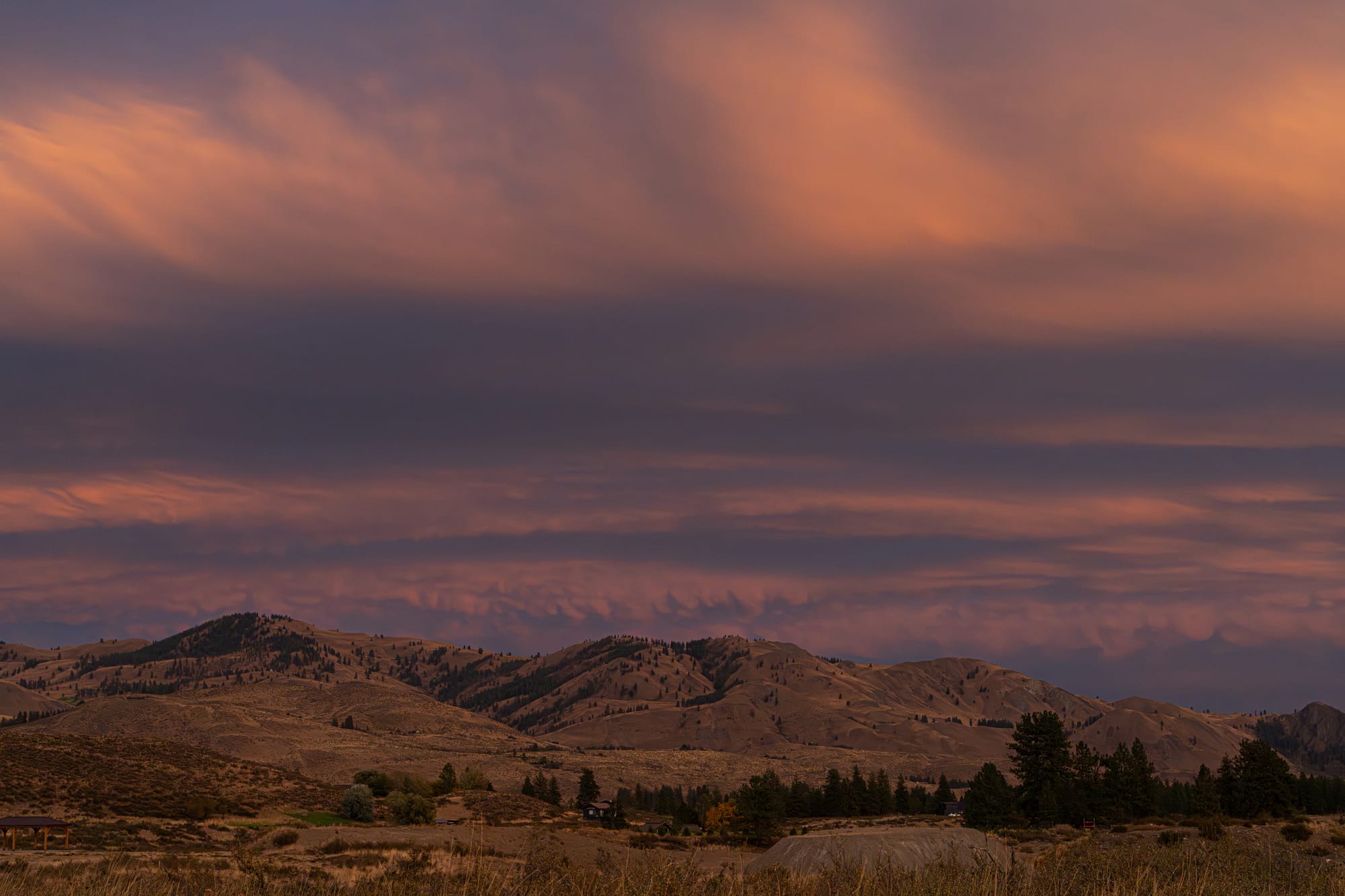
Flowering rabbitbrush in the warmer, lower parts of the valley is providing some of our best colors right now. It's worth spending time with this plant because the flowers are popular with pollinators and attract lots of insects.
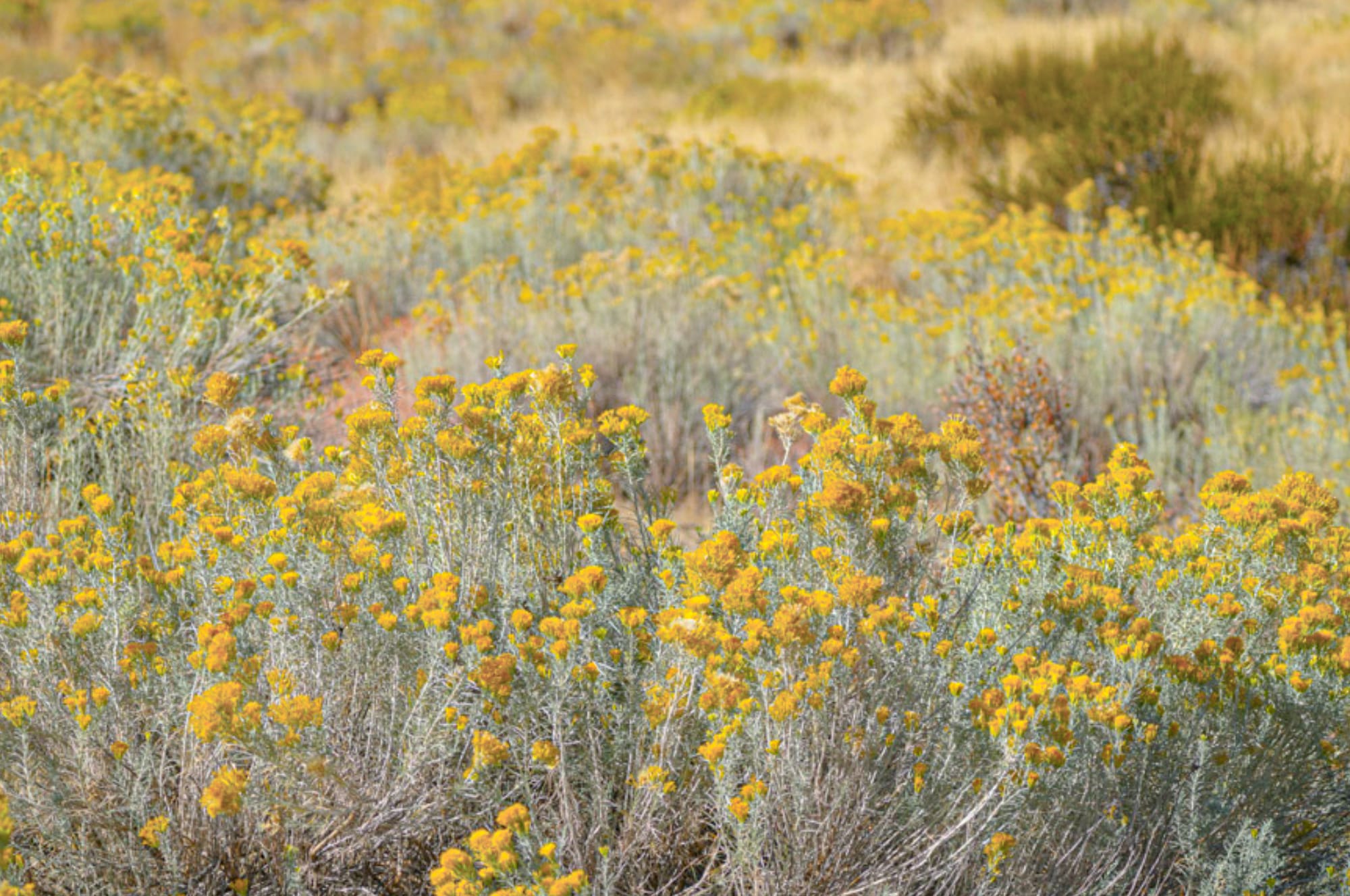
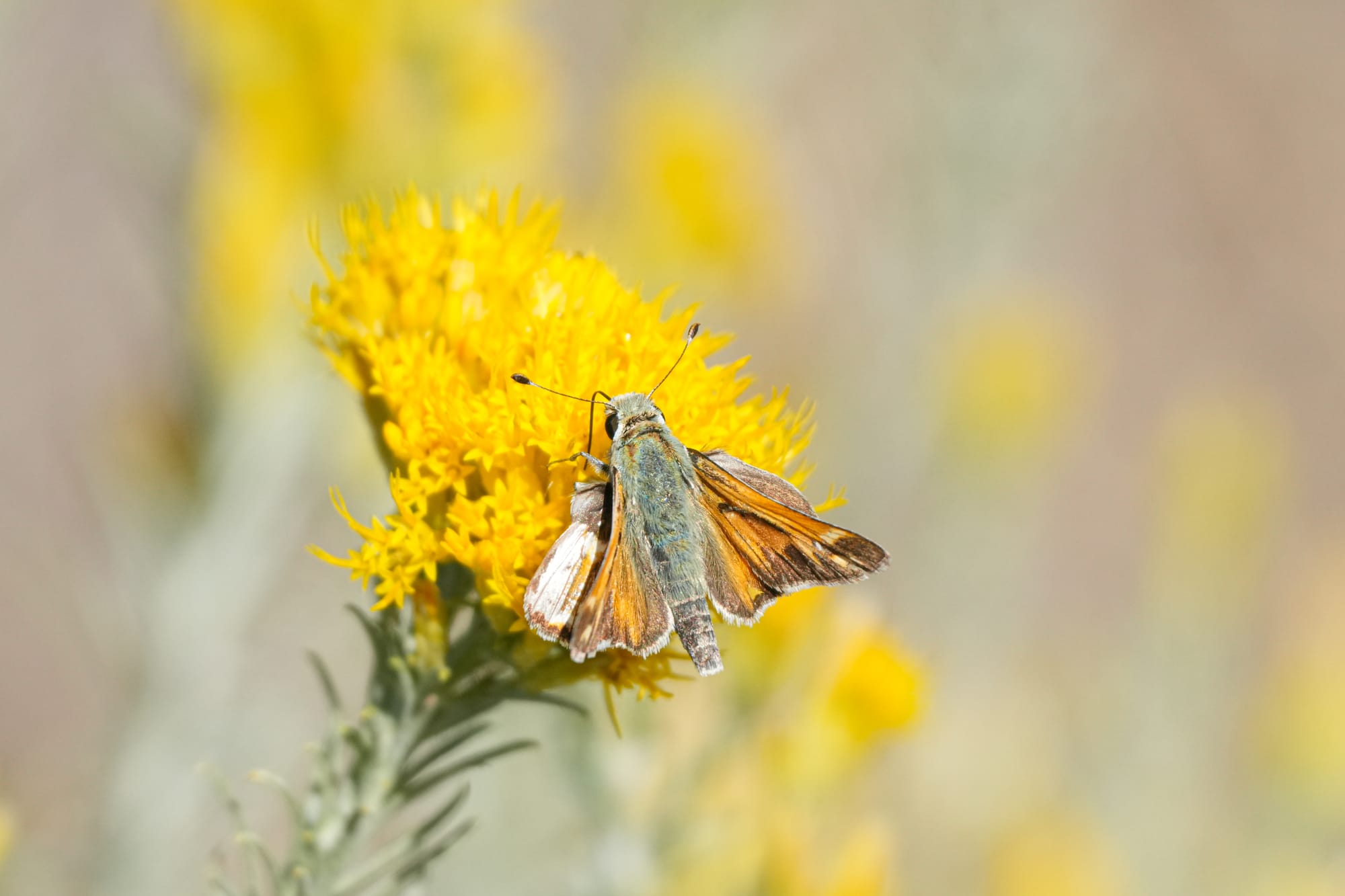
One of the other notable insects reported over the past couple weeks was a locust borer. Because adults emerge and start feeding on goldenrod pollen from late August through September, at least one of these distinctive beetles is observed every year at this time. Locust borers are native to the East Coast and lay their eggs on black locust, but as more and more of these ornamental trees have been planted, these beetles have spread westward along with the trees.
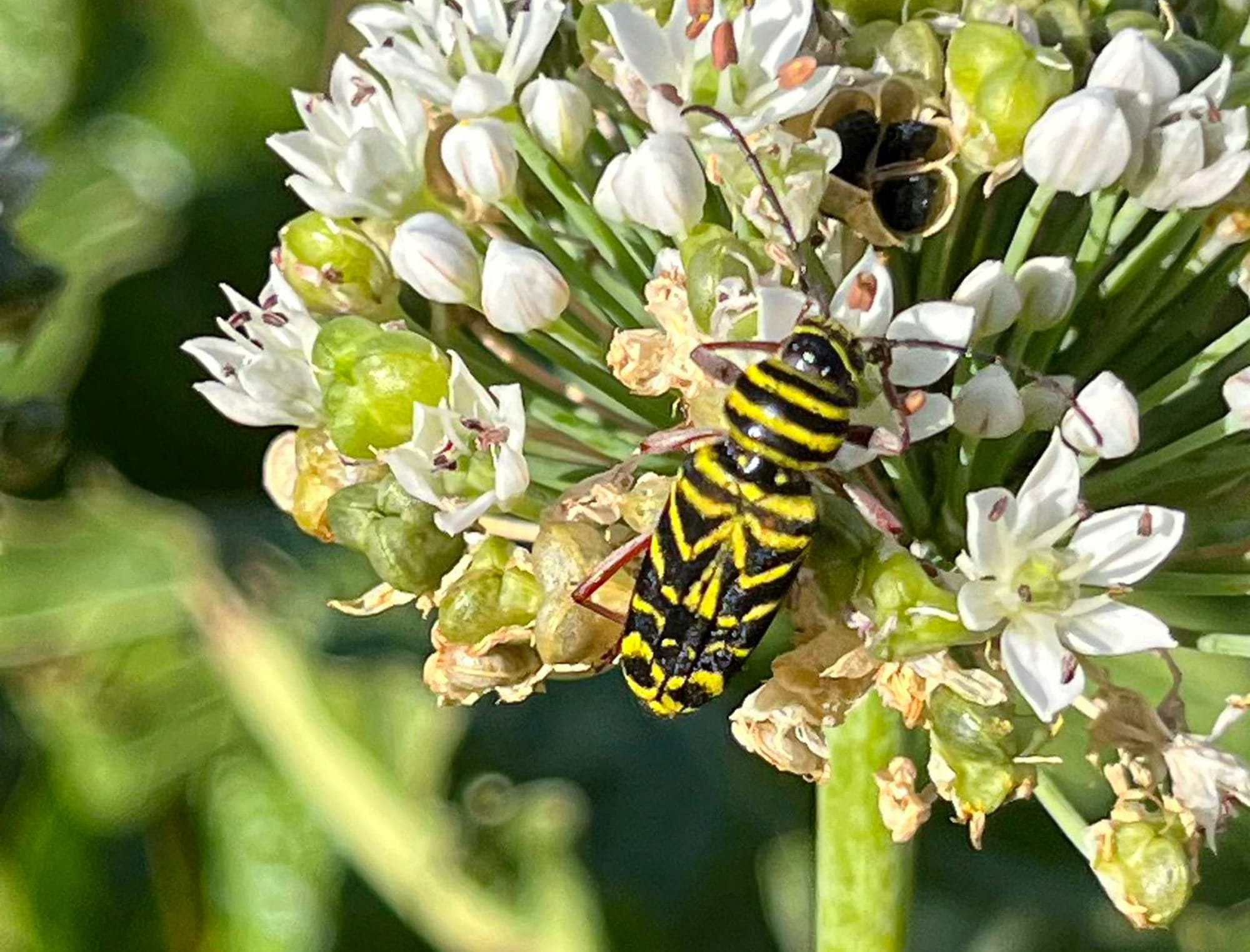
This is also the easiest time of year for spotting poison ivy, which has a habit of hiding inconspicuously where you least expect to run into it. In fact, after photographing this poison ivy, I pulled off along the road to photograph birds and stepped right into a patch I had overlooked!
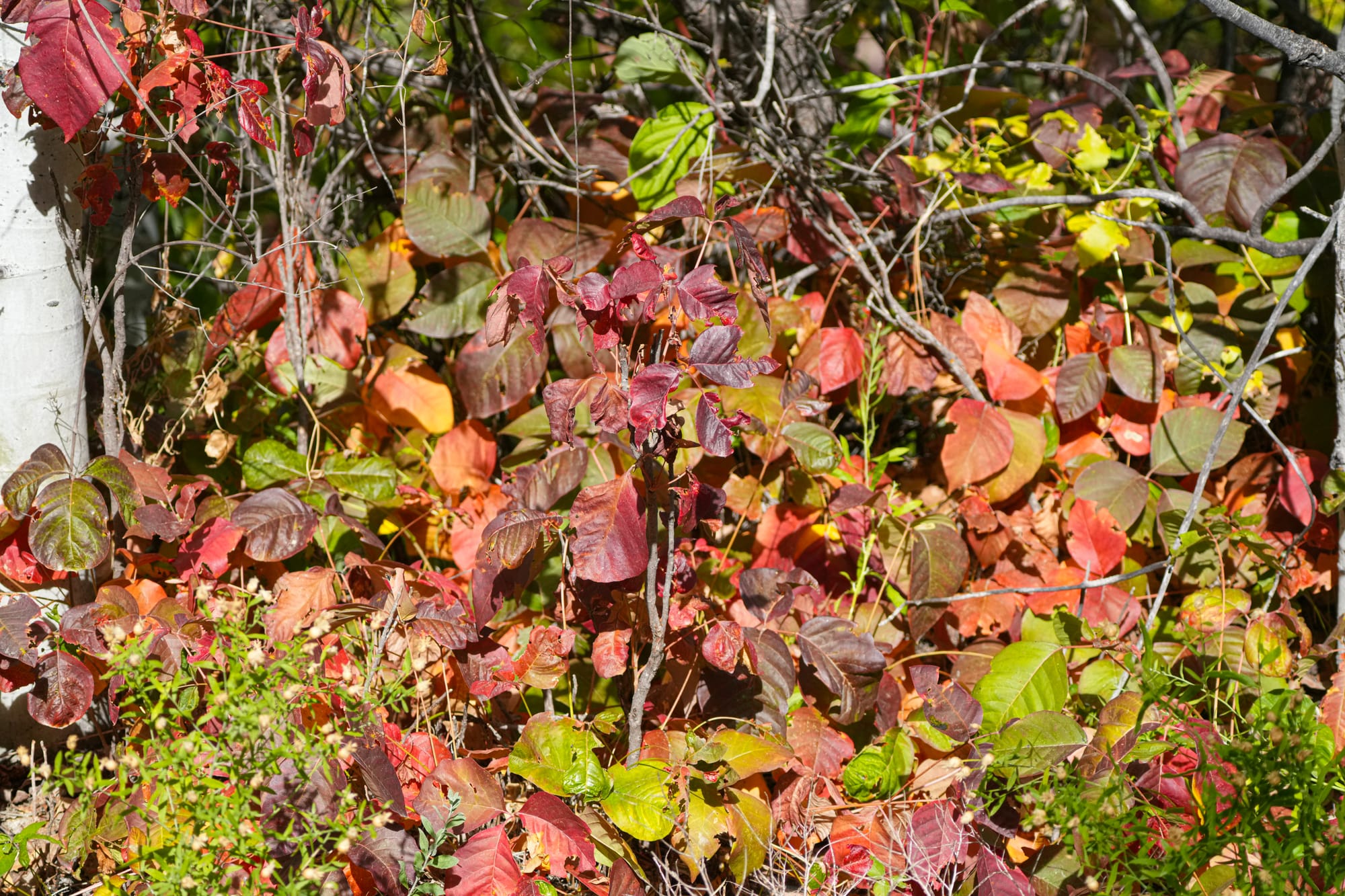
There have also been many birds moving around this week. Groups of white-crowned sparrows are now common, while a few late-migrating yellow-rumped warblers are hanging out with mixed flocks of ruby-crowned kinglets, black-capped chickadees, and other small birds. Larger birds like turkey vultures and northern harriers have also been a conspicuous presence over the past week.
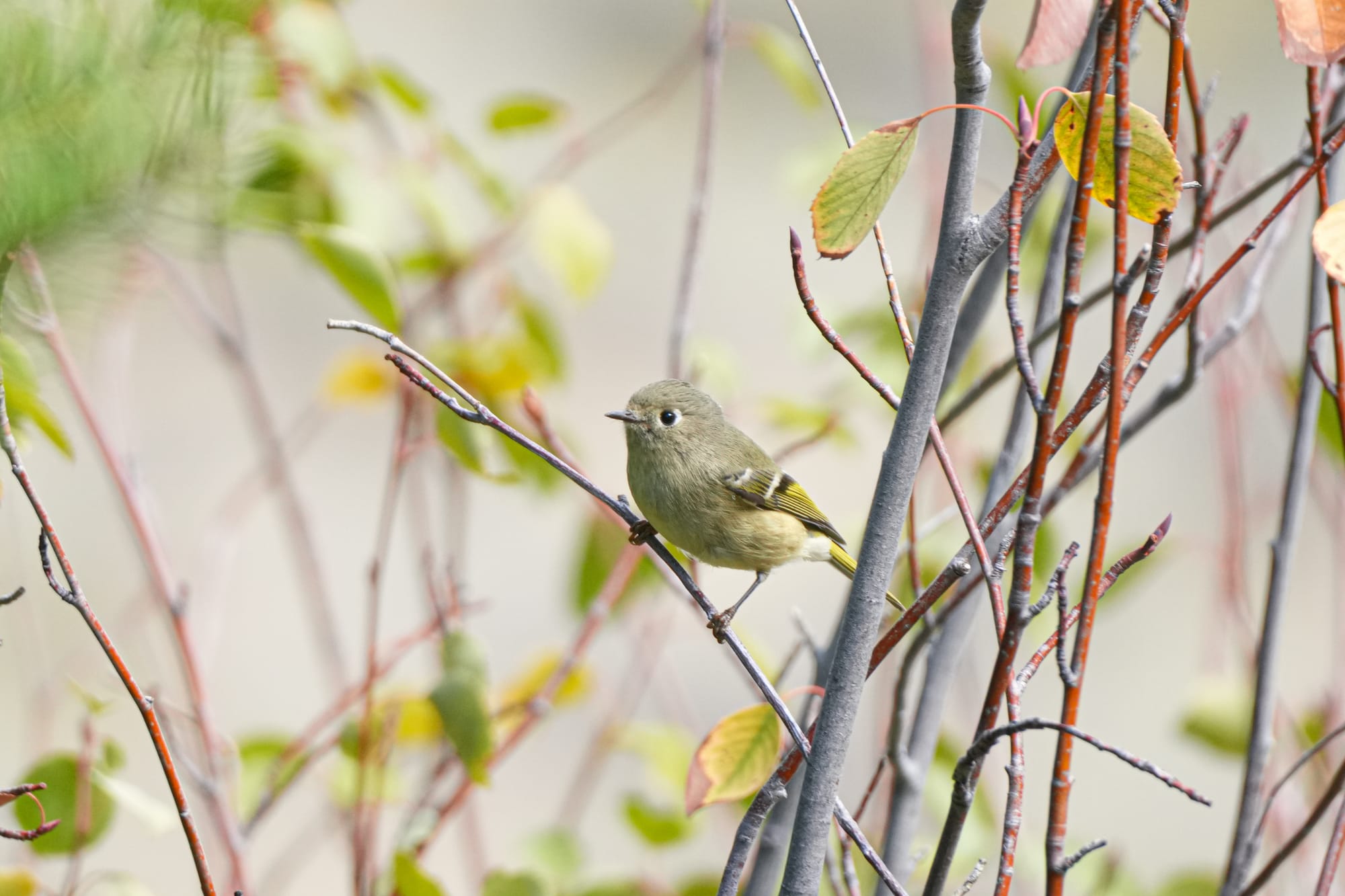
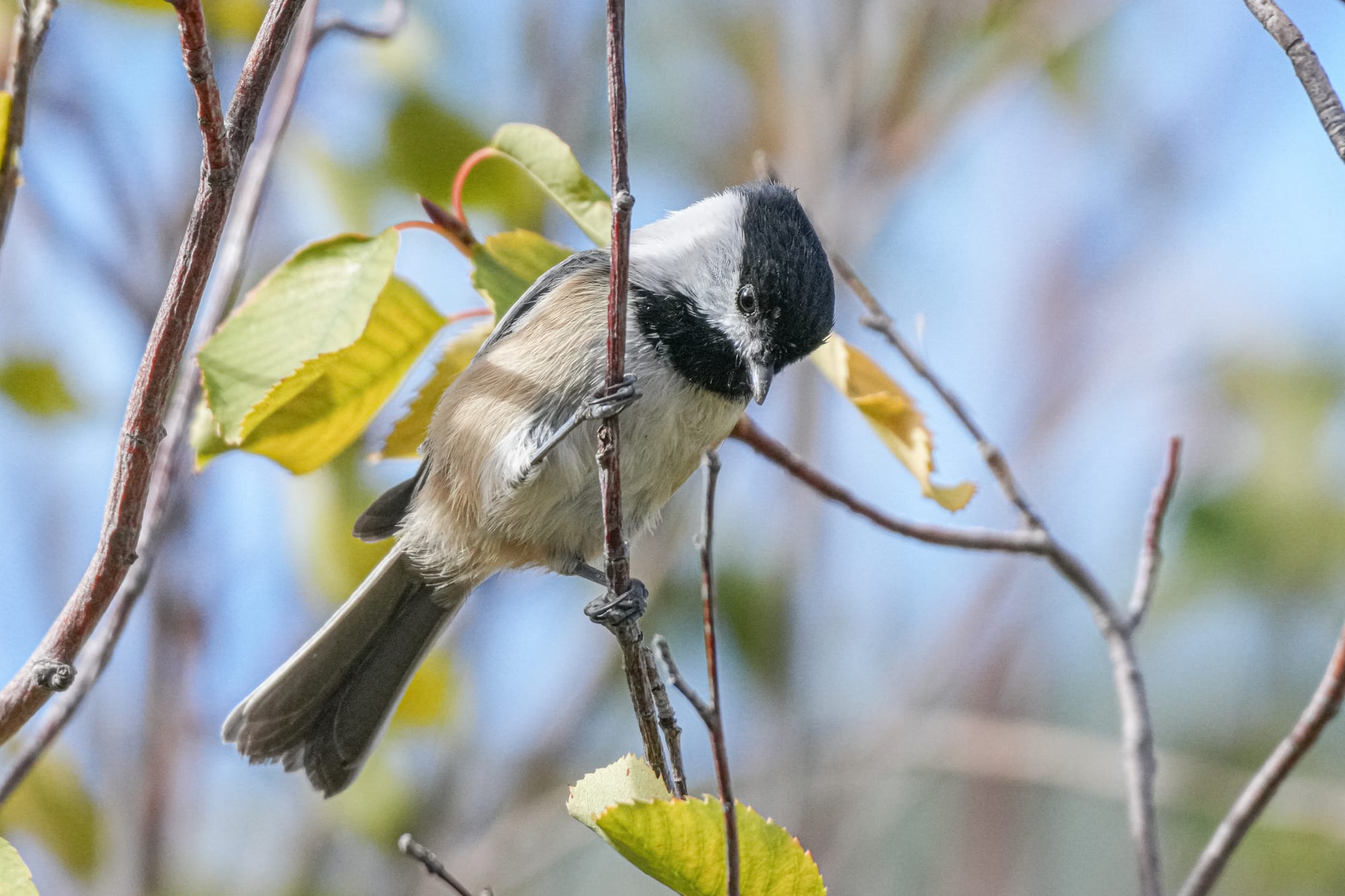
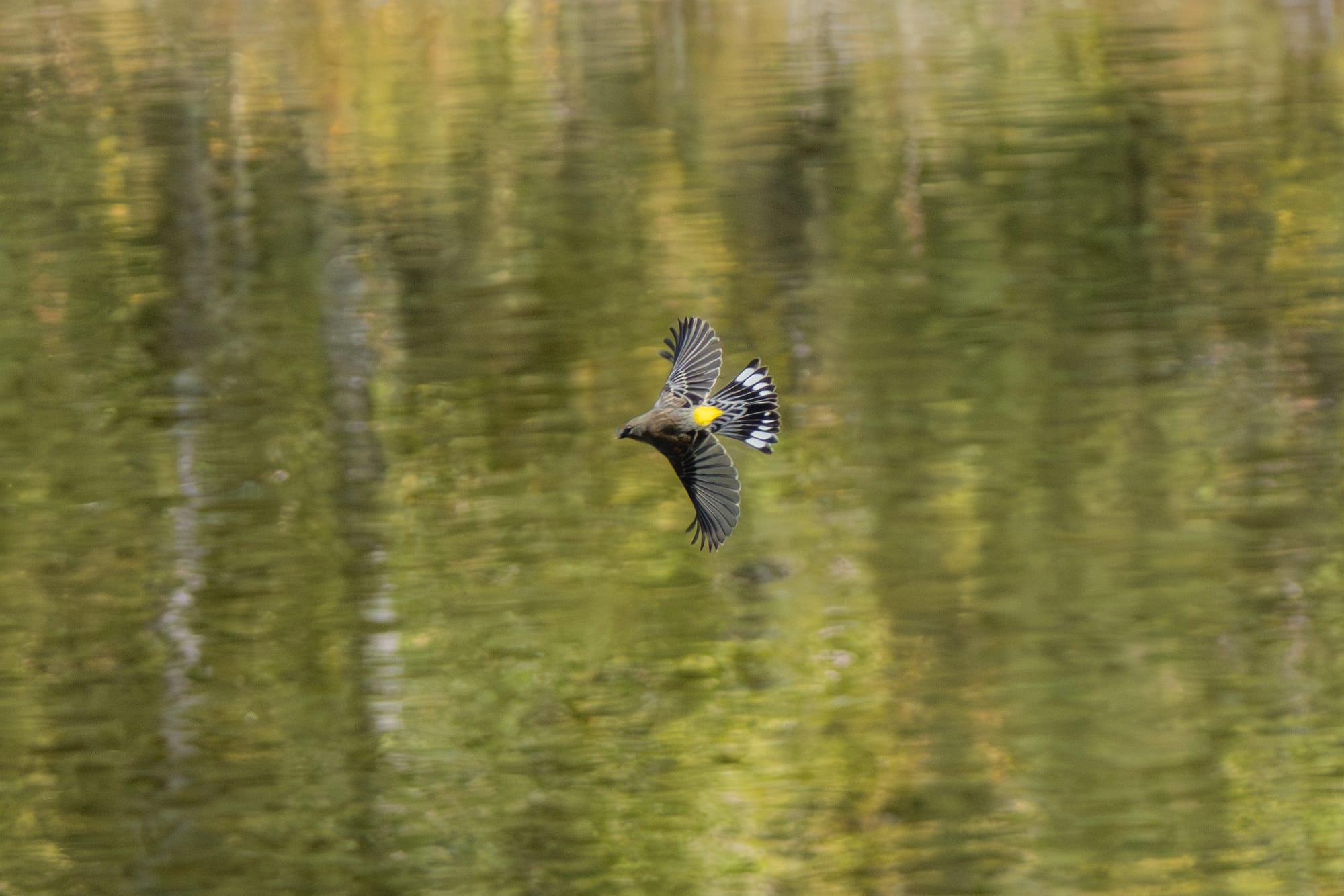
Given that birds are migrating and dispersing widely, it makes sense that this is one of the best times of the year to spot unexpected species. The best sighting this week was probably the two great egrets hanging out at ponds along the Twisp-Carlton road. Egrets are rarely seen in the Methow Valley, but this is the most likely time of year to see one.
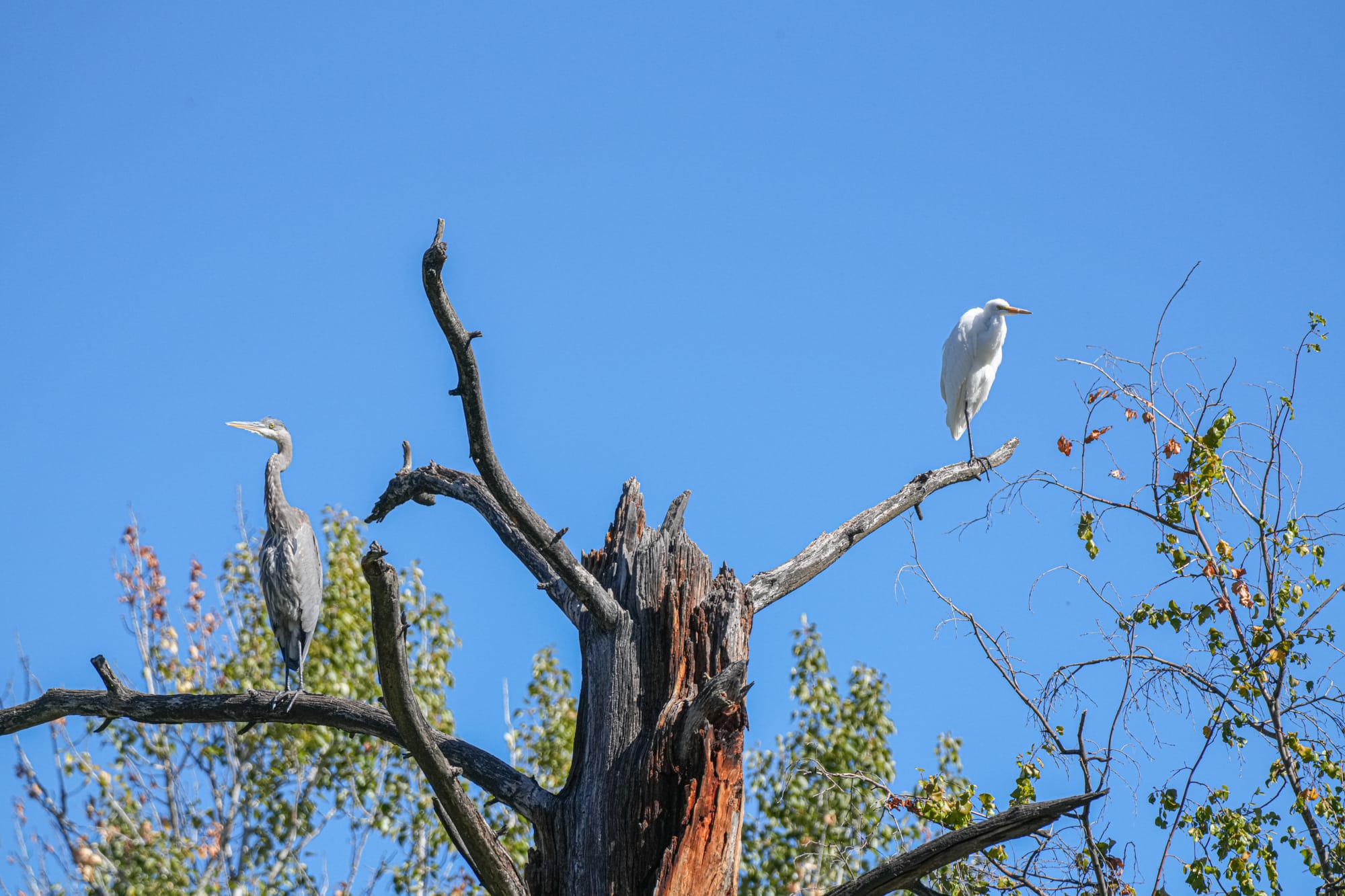
Finally, we can't close out the summer without highlighting the low water levels in the valley. No matter how you look at it, we are in extreme drought with no relief in sight. While some groups eagerly push to build more houses, there's no getting around the fact that, in terms of water, we are maxing out the valley's carrying capacity. At some point, we'll begin running into serious issues if we don't start acknowledging the realistic limits of our natural resources.

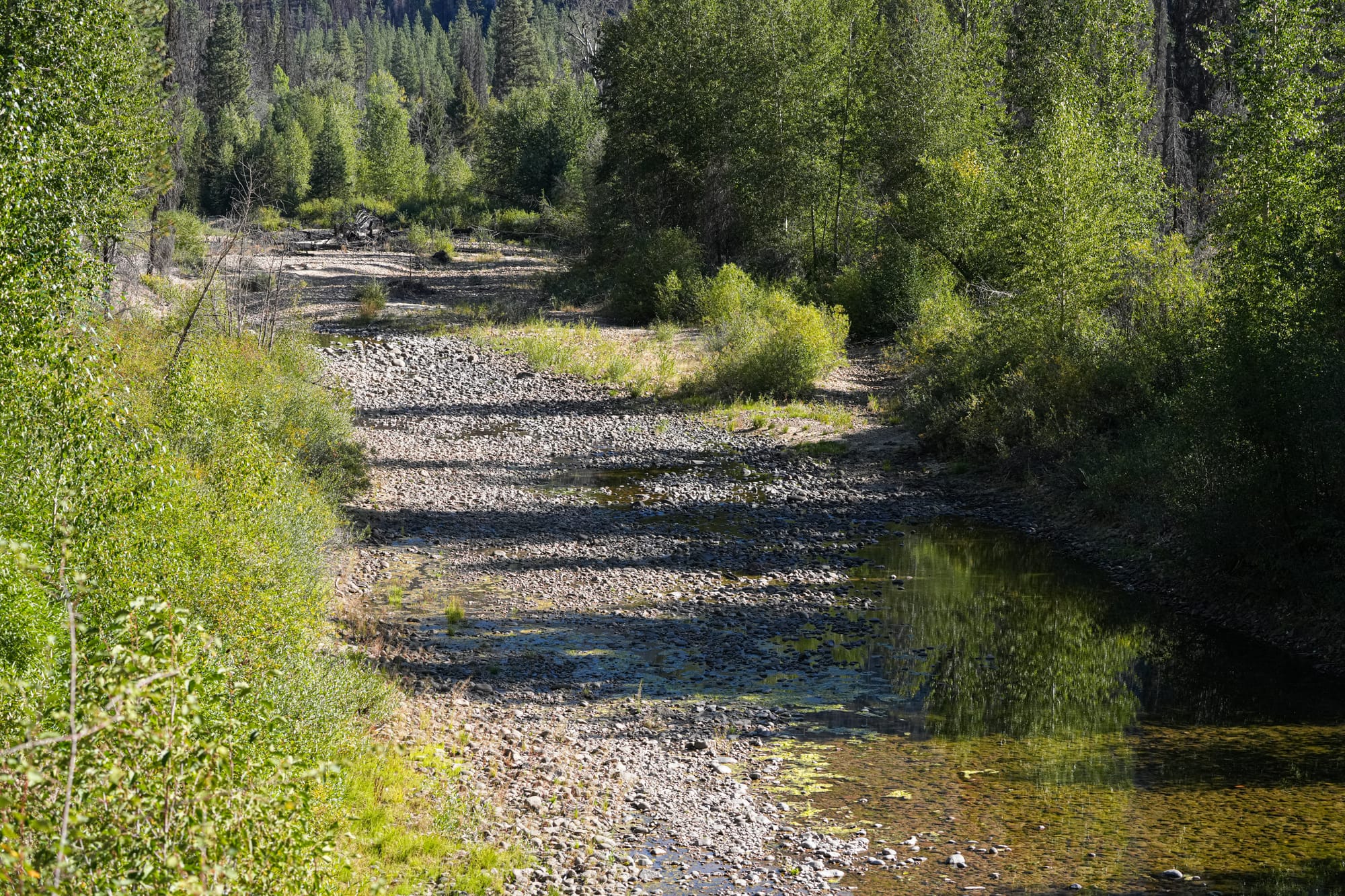
Observation of the Week: Weeds and Mismanagement
The drying landscape has a way of highlighting the impact of invasive weeds and mismanaged land. Sadly, many areas in the Methow Valley have been heavily degraded over the years and have lost their ecological integrity. But even worse, these activities continue to this day due to a lack of understanding, poor decision-making, and carelessness.
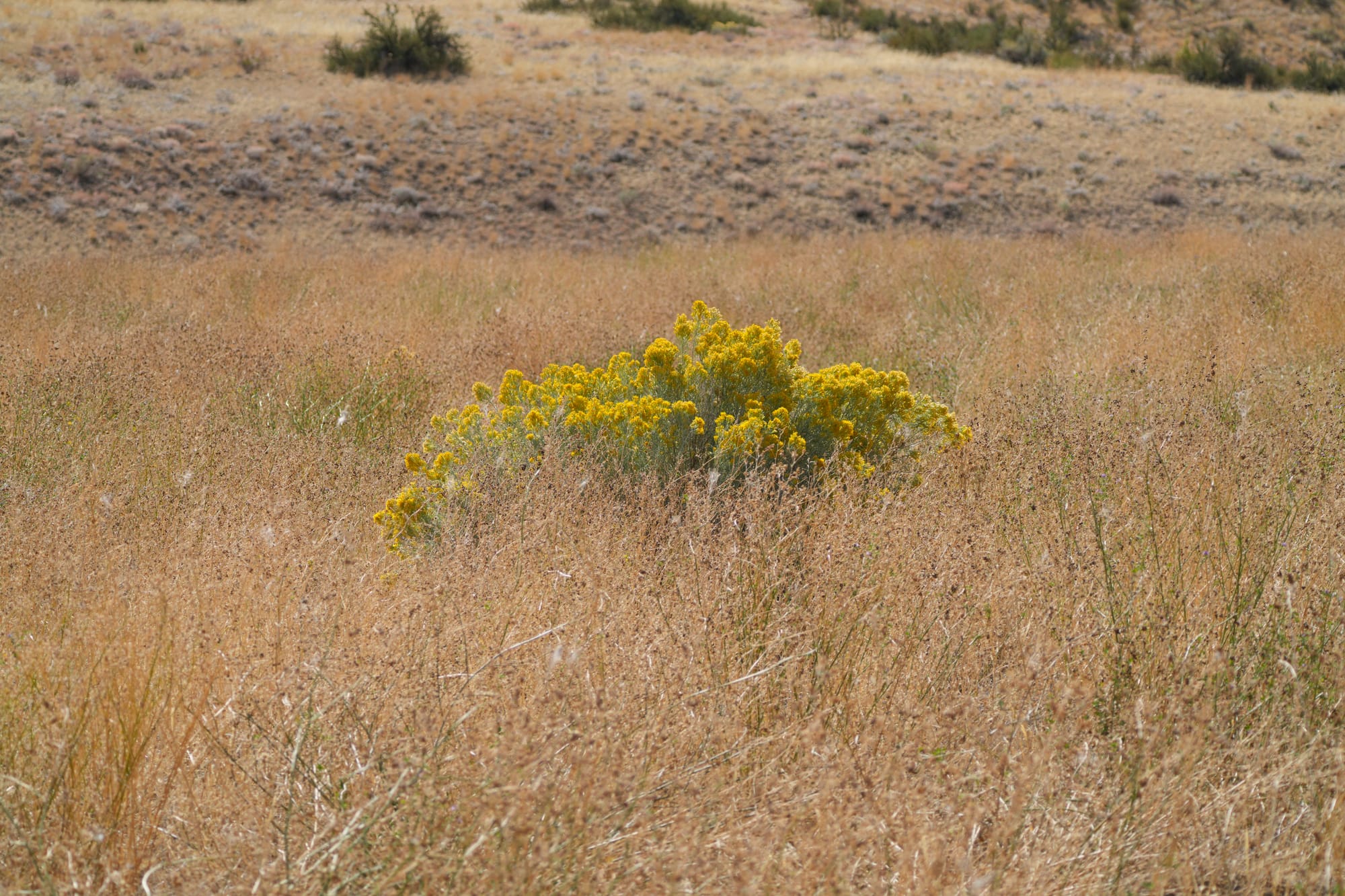
By definition, weeds are the species that thrive and take over when the fabric of a healthy ecosystem is torn open. Healthy ecosystems stitch together and protect the land, but wounds or rips in the system create gaps where weeds get a foothold and start spreading.
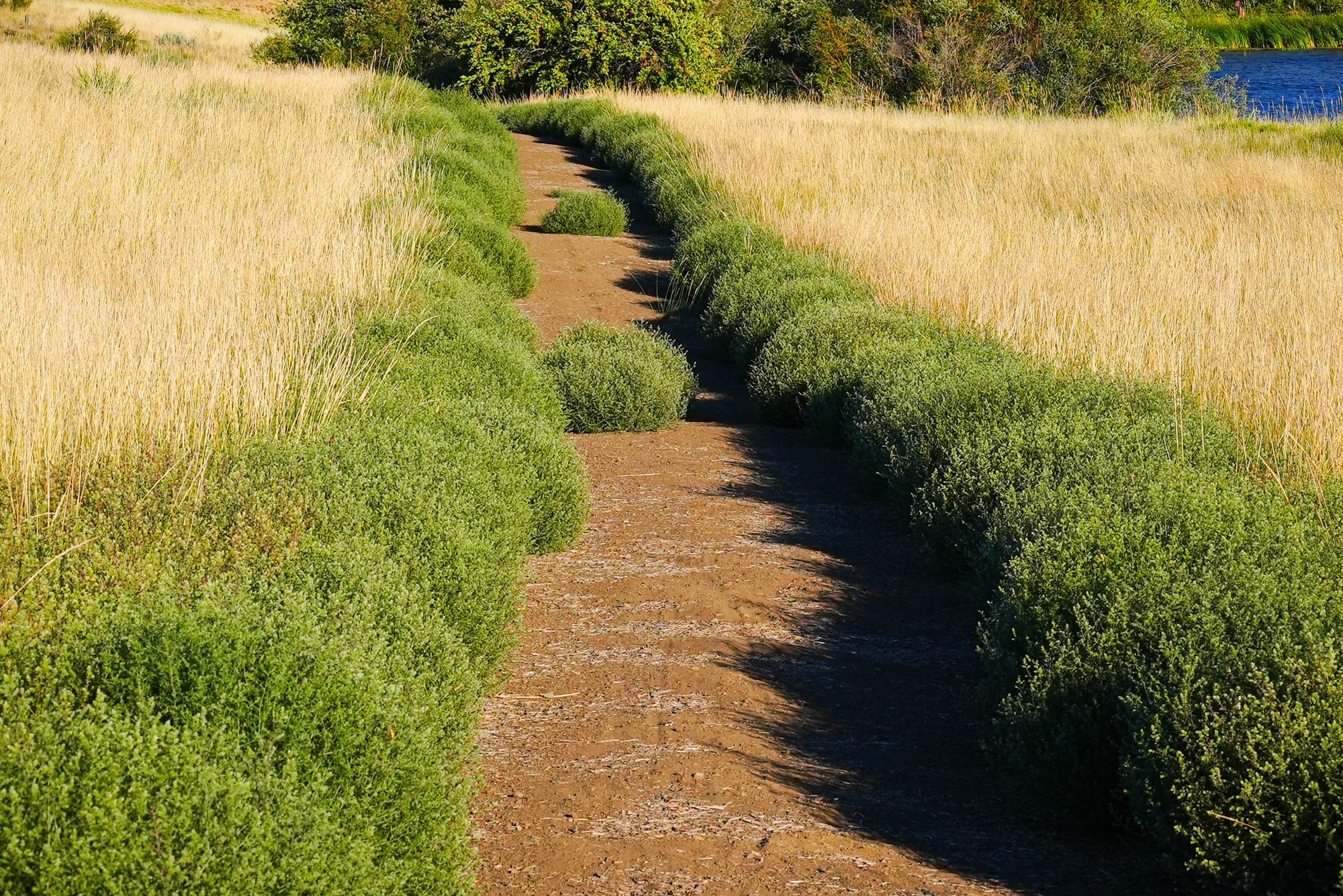
Unfortunately, hundreds of destructive decisions, big and small, are made every year. And, added together, these actions have a significant cumulative impact on the ecological health of the Methow Valley.
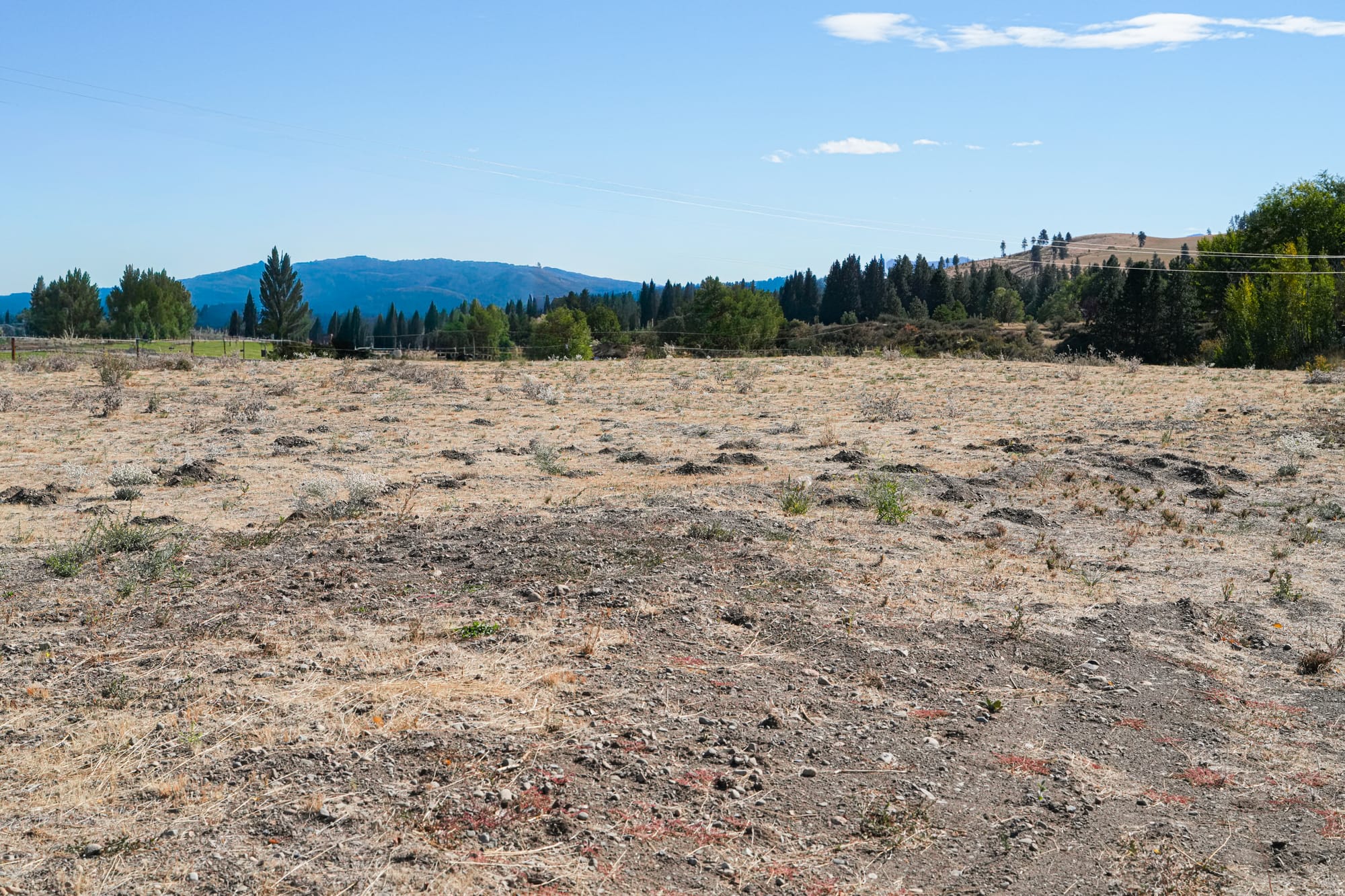
In every situation that I'm familiar with, these decisions stem from a misplaced desire to make things "better" in some way. It might be a neighbor clearing bitterbrush because they think it's ugly, it might be someone bulldozing a hillside, or it might be an agency tearing up the land to "improve habitats."
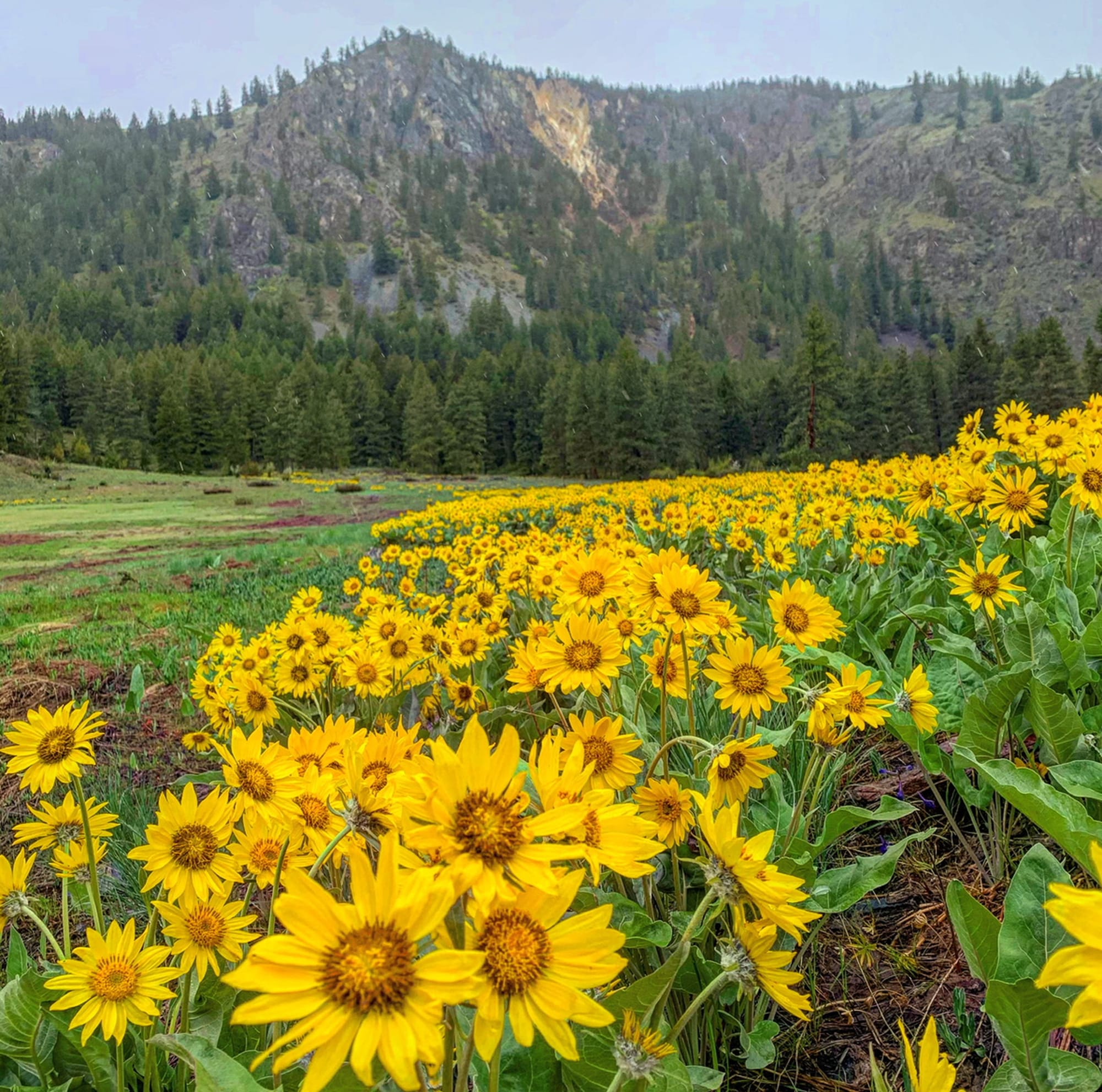
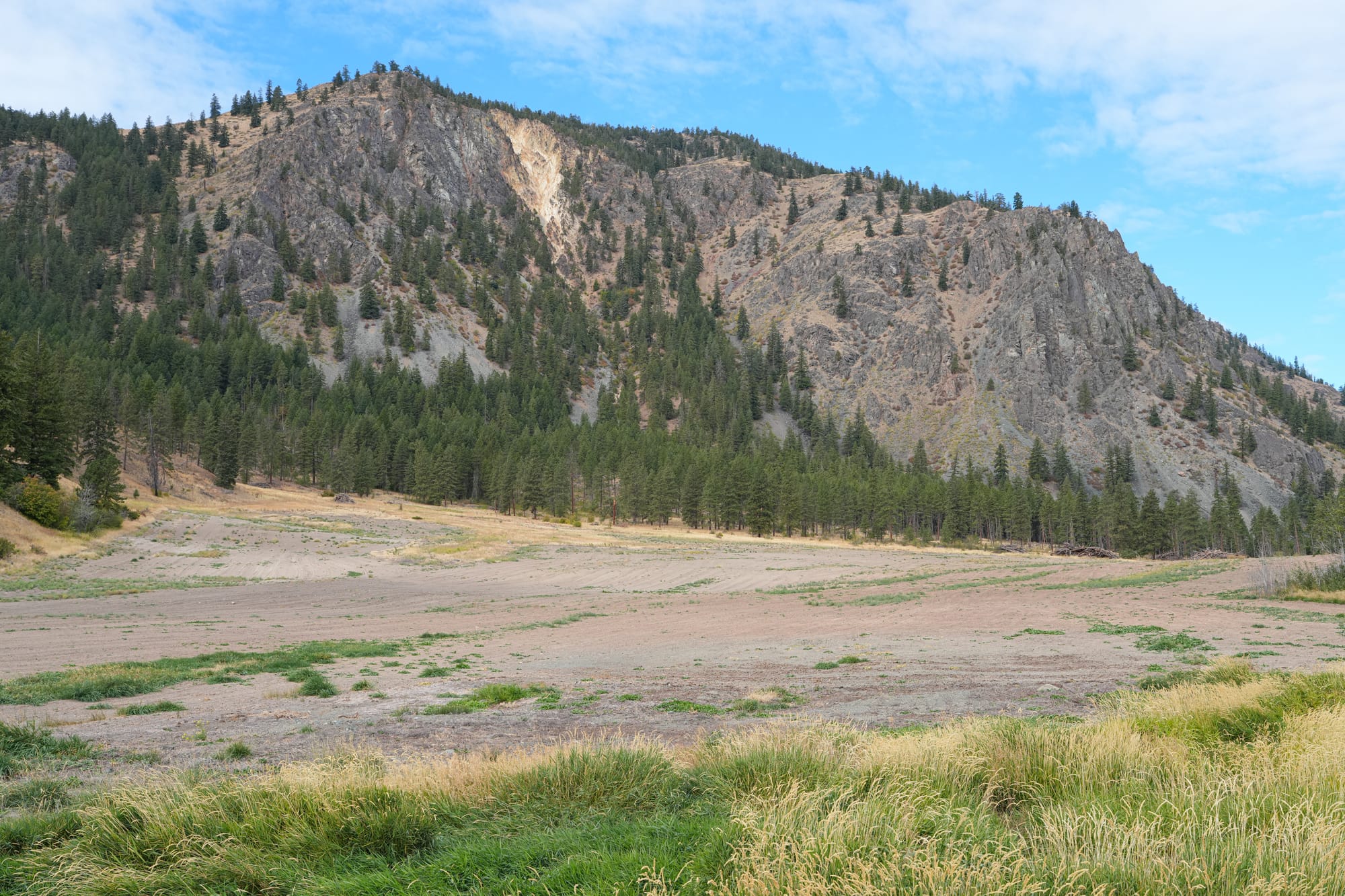
Not only did WDFW pointlessly log this healthy forest at Golden Doe, but they also disked a huge area that was one of the Methow Valley's best balsamroot displays. Where there was once food and homes for countless insects and other animals, there is now bare dirt and weeds that will never recover. Photos by David Lukas
Part of the problem could be that we don't notice and call these issues out often enough, or maybe there needs to be more education and outreach, but the best solution is not damaging the land in the first place.

